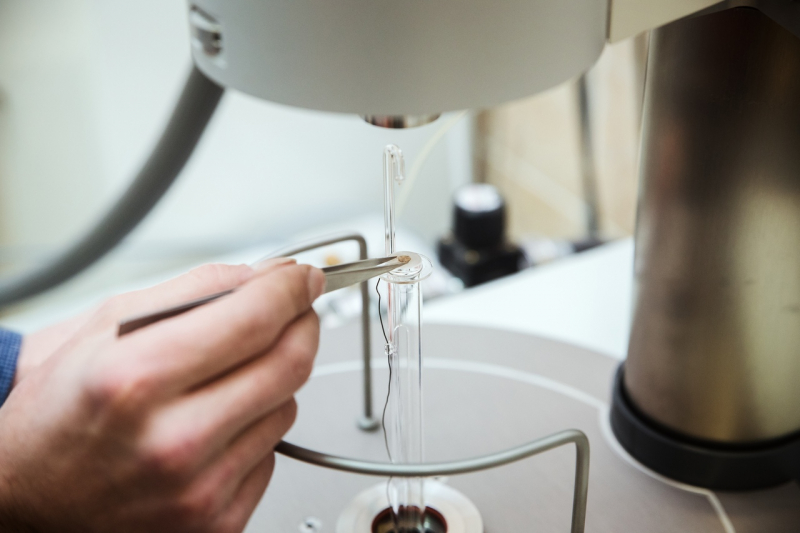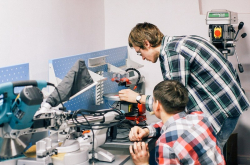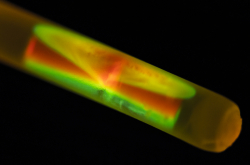An accessible robot with polymer parts
(Project “Developing a six-axis small scale manipulator using accessible construction materials”)
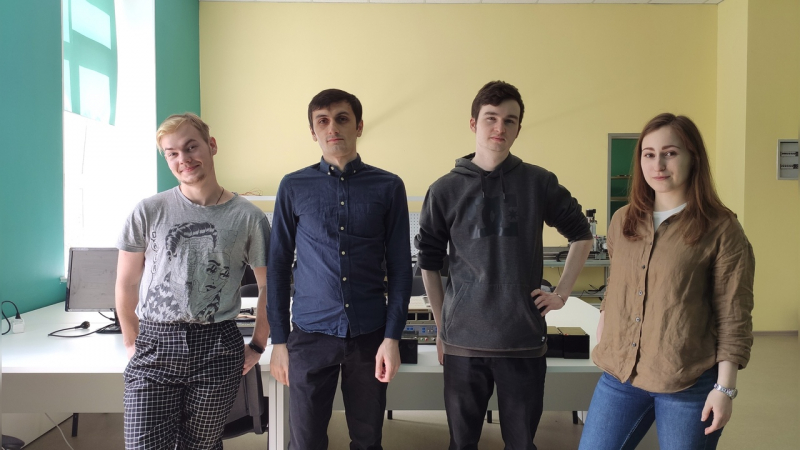
Islam Bzhikhatlov, a PhD student and research associate at the Faculty of Control Systems and Robotics
The main idea of our project is in designing a manipulator, the simplest and most widespread type of robot, made with the cheapest available materials. This leads to another key difference of our project, which is applying production methods that are atypical for industrial robots, such as laser beam cutting or 3D printing. These methods mean a number of construction aspects that will ensure sufficient rigidity of the manipulator parts.
Why the project is special
The robots available on the market now are rather expensive with prices starting at $6-7,000. And our manipulator will be significantly cheaper.
The existing industrial solutions tend to use metals, drives and reduction gear that all require high-precision production. We substitute metals with cheaper materials and use a belting gear, which doesn’t need this much precision, instead of reduction gear. All of that makes our solution more affordable while also bringing its precision down to only one millimeter. It is still a good mark as this precision is sufficient for many industrial operations.
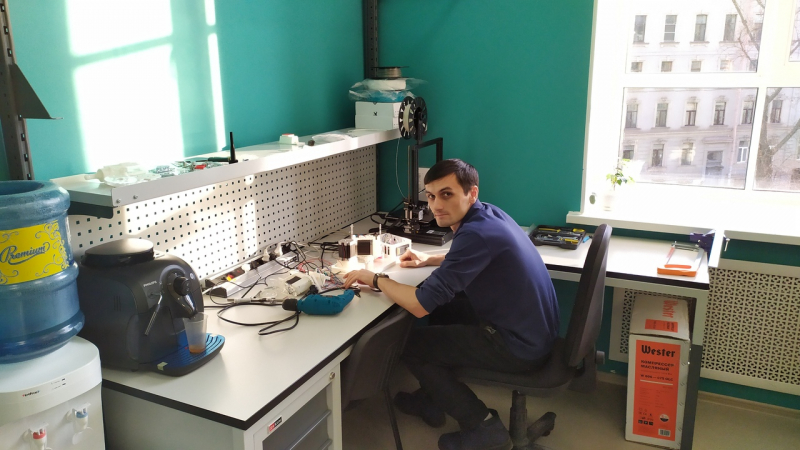
We’d already had some developed ideas before we applied for the grant – we started on the project around six months ago. Now, we are busy modeling it to prove all of our solutions that we are planning to use. We were given a year to test them and come up with a prototype.
The team includes four people including myself, the other three are Bachelor’s students at the Faculty of Control Systems and Robotics about to graduate. The team formed spontaneously: I was teaching their practical classes and told them about my idea, which they happened to like.
The Univesity's support
Our Faculty is what helps us most – it would’ve been impossible to become a team or work at all without it. As for the grant, it gives us an opportunity to get paid for the work that we do – now we can work harder on the project, without the need to combine it with a job.
A portable microscope to conduct tests outside a lab
(Project “Developing a portable two-channel microscope”)
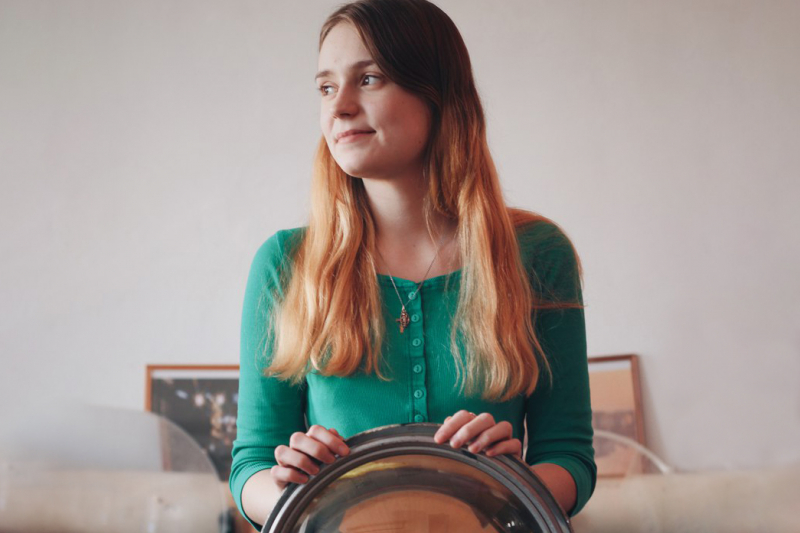
Anastasia Kozhina, a PhD student and engineer at the Faculty of Applied Optics
Our project is about developing a working prototype of a portable two-channel microscope, which means developing an optical scheme, calculating the necessary optical components, designing the device and running tests. As the microscope is meant to be portable it has to work under different conditions, such as various temperatures, without losing the quality and precision of the acquired image.
Why the project is special
In contrast to the existing biological microscopes, our device will make it possible to run tests onsite, without the need to send the collected biological material to a laboratory. This transfer does not only require additional time but also means specialized equipment that will ensure the material’s safety. Our device will help conduct high-precision tests of biological samples outside of specialized labs, thus cutting down on the time needed to run the tests and diagnose an illness. It will be useful for veterinary services, medical centers and security checkups at customs controls.
We are currently negotiating the technical design specifications and calculating the optical scheme of the microscope. We are planning to complete the project by December 2021.
Our team has four members, including two first-year Master’s students of our faculty. I am head of the team and a first-year PhD student. I already took part in similar projects during my Bachelor’s and Master’s studies. Our scientific advisor is Elena Tsyganok, an associate professor at the Faculty of Applied Optics.
The University's support
The University gives us an opportunity to put together a team of like-minded people and get experience working on a project that is practical and contributes to society. We are planning to use the grant to purchase necessary equipment, conduct tests and give salaries to specialists who will develop the optical scheme and compile the paperwork.
A diagnostic platform for detecting bacterial pathogens
(Project “A diagnostic platform for detecting Staphylococcus aureus in biological fluids”)
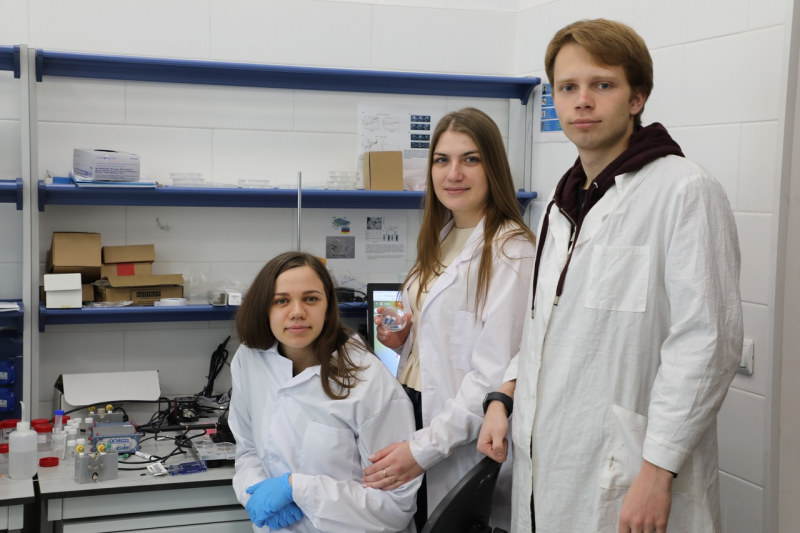
Anna Stekolschikova, a PhD student at the ChemBio Cluster and an engineer at the Infochemistry Scientific Center
Our diagnostic platform has three main parts. First, there are selective electrochemical sensors based on printed electrodes – they are made from Ag/AgCl ink, carbon paste, polymer layers and elements that are sensitive to Staphylococcus. A special mini-platform processes the information coming from the sensor. The software we use can convert the acquired data into a graph and save them on a user’s device.
Staphylococcus aureus is one of the main bacterial pathogens of humans. The worst part is that it’s hard to beat: it is not afraid of high temperatures or alcohol, it can resist many antibiotics and sanitizers. That’s why it’s crucial to detect this bacteria at the initial stages of contamination.
The biochemical sensors of our system allow running a quick, precise and highly sensitive analysis of biological data making this diagnostic method one of the most promising not only in healthcare but also in food product quality control. The method is simple and adaptive, and can be used to monitor patients outside of hospitals.

At the current stage of the project we need to adapt our method to creating immunoenzymometric sensors for Staphylococcus detection. We are now working with model antibodies and antigens. The design of the sensor itself will take from eight months to a year.
Our project involves Master’s and PhD students from different faculties within ITMO. It’s important for us to provide a broad approach because it will allow us to create a fully integrated diagnostic platform.
The University's support
First and foremost, ITMO is our family and our home. It is the University that gives us a chance to collaborate. Students get the necessary skills and run their own experiments while working on the project. It’s also important for us to receive financial support from the University – we are happy to provide our students with salaries for their research, it will motivate them to be more involved in scientific activities in the future. We now also have the opportunity to purchase all the necessary equipment and components that will help us run such major research projects.
Automatic regulation for air-ventilating systems
(Project “Developing a complex adaptive system of distributed microclimate regulation”)
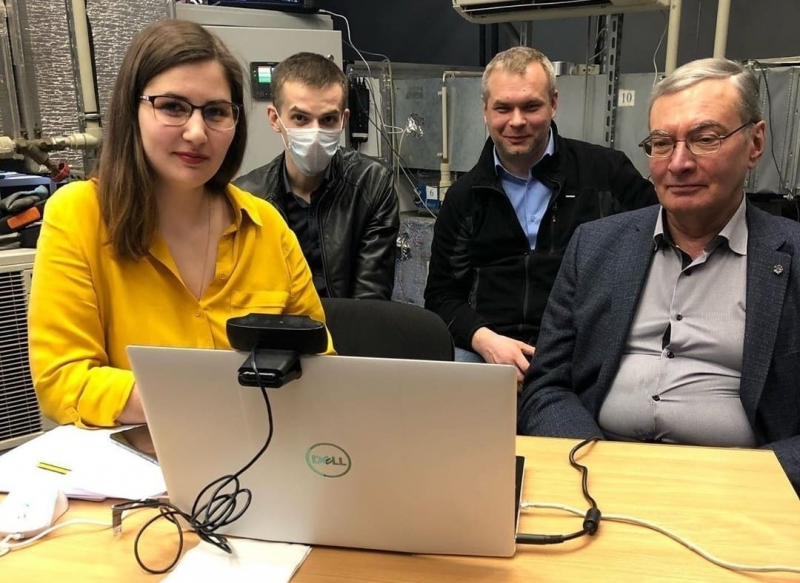
Yulia Sankina, a PhD student and an engineer at the Faculty of Cryogenic Engineering
Our project is about creating a smart valve for air-ventilating systems. The valve will include sensors that will analyse the incoming air, its pressure, temperature, humidity, etc. It will allow us to understand what is happening inside of a room and what we need to do to make it comfortable for people to be in it. Such a valve has never been created before.
Air-conditioning systems consume around 11% of global energy. It is partly due to the fact that it is designed for maximal load, it’s what the regulations demand, and thus, these systems always work at their maximum capacity which leads to excess energy demands. For instance, imagine you’re sitting in an empty cinema hall – there are only you and a couple more viewers. You would typically feel discomfort, it will be too cold – that’s because the system is set with the filled hall in mind and it doesn’t adapt to the actual situation. Our system will regulate the air-conditioning system in real-time by analysing the air inside the hall. The system will be applicable in different spaces – from universities and hospitals to storage facilities.
We now have the scientific basis for our project, and are negotiating on the technical regulations needed for our project. In the fall, we are planning to start reequipping the lab and running experiments. Despite the current situation, we haven’t moved the planned finish date of our project, which is December 2021.
Our team consists of seven members, including two professors of the Faculty of Cryogenic Engineering, a PhD student and Master’s students.
It would’ve been hard to bring this project to life without the support of our Faculty. The grant gives us the opportunity to reequip the lab to our needs, buy all the necessary materials and pay salaries to our close-knit team.
Explore St. Petersburg by gaming – an app for studying the history of the city
(Project “Developing a mobile app to gamify the process of studying the history and culture of St. Petersburg”)
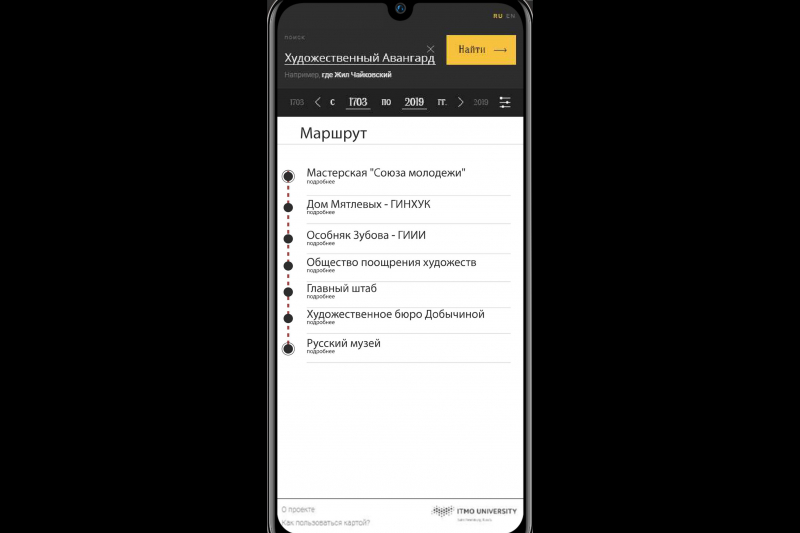
Lada Maksimova, a Master’s student of the international Master’s program in Data, Culture and Visualization, an engineer at ITMO’s Digital Humanities Research Center
The aim of our project is creating a mobile app to gamify the process of studying the history and culture of St. Petersburg. It will be an interactive bilingual product with a large database of the city’s locations and their connections to historical figures and events, as well as routes and excursions – both in traditional and game formats (like quests or card collection). Our inside name for the concept is “historical pokemons”.
This project falls within the current trend for lifelong learning. We are not targeting young school students, but rather aim to include a wider audience of older school students and university students, as well as the citizens of St. Petersburg who want to learn more about the city they live in.
We create the texts and routes ourselves – I studied museology and monument preservation for my Bachelor’s degree and I already have experience in this field. Yulia Bobrova, a research associate at ITMO, specializes on literature-inspired routes. We are also planning to collaborate with cultural institutions, so that they provide us with data and we include them in our routes. We already have some preliminary agreements.
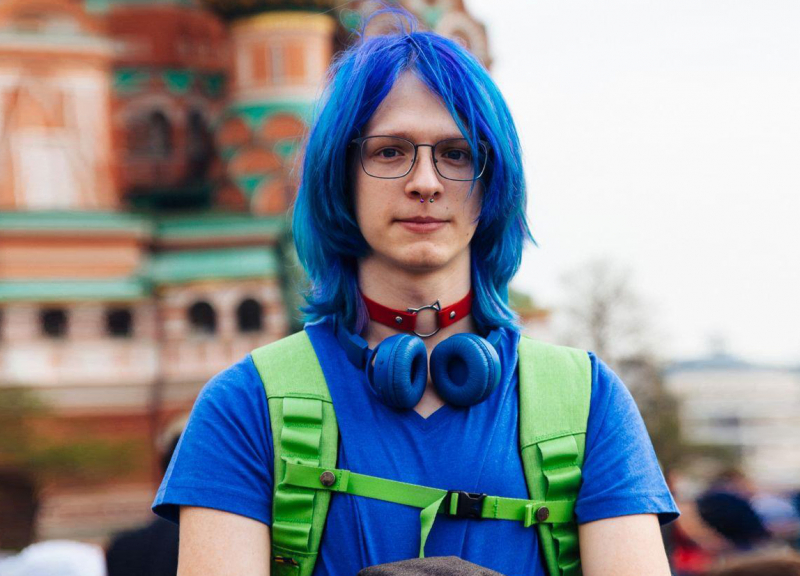
Nikita Melnikov and Ilya Moroz are currently working on a prototype for the app that they plan to finish in June. It’s first going to be a web-application as it is easier and faster. Then we will need more people – game and UX/UI designers. Apart from the app itself, we are also developing an admin mode that will allow our partner organizations to add their data.
Our team currently includes three developers and two content specialists, including myself. Our scientific advisor is Antonina Puchkovskaia, head of the Digital Humanities Research Center.
The app itself will be free. Moreover, the API is open and the code for it is already on GitHub. It means that anyone can use it in their own project. In the long term, we’re planning to commercialize some of the quests, maybe by promoting our partners through ads.
The grant is what helps us exist and work on our project. We use it to pay for the server and other services we use, like Amazon’s cloud service, that we need to store and process large amounts of data.
10 teams in total won in ITMO's practice-oriented R&D projects competition, including those headed by Ksenia Kirichek, Ekaterina Podlesnova, Alexander Lukin, Vladislav Krasilnikov and Yanina Tokareva.
